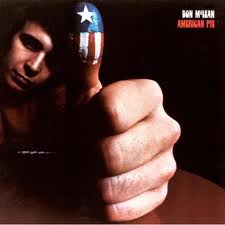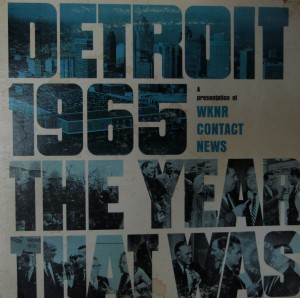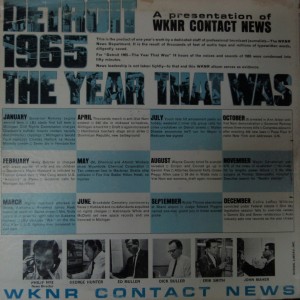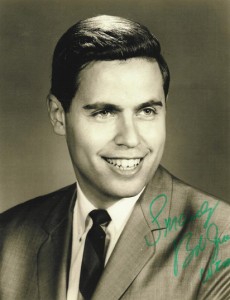If this one sounds familiar and you can’t quite place it, here’s some help. It first turned up as the march music that introduced the Gillette Cavalcade of Sports. The program debuted on radio in 1944, moving to NBC when television became ubiquitous. Bob Haymes (billed as “Bob Stanton”) was the original announcer, joined by Ray Forrest in 1948. The program covered a wide array of sporting events, but is perhaps most remembered for it’s Friday nigh boxing coverage. “Look Sharp, Be Sharp” became the show’s theme when it moved to television. If you played in a marching band in the early 50s, you probably played this one often.
The Bob Haymes and Ray Forrest combination wasn’t lost on two other radio comedians when they appropriated “Look Sharp, Be Sharp” for their act. Fans of the comedy of Bob Elliot and Ray Goulding will remember it as the theme song for Elliot’s character, Biff Burns. The faux sports reporter interviewed a plethora of Goulding’s characters from “Little Lightnin'” who was beating the drum for a professional Ring-Around-The-Rosy league, to Stuffy Hodgson, the bitter veteran ball player who couldn’t find the cheese that the younger athletes had hidden in his ball cap.
Biff Burns Sports Room was a fixture from Bob & Ray‘s earliest days on network radio, right up until their Bob & Ray Radio Show for NPR in the late 70s.
http://www.youtube.com/watch?v=0i_cT_6H93s
![]()













